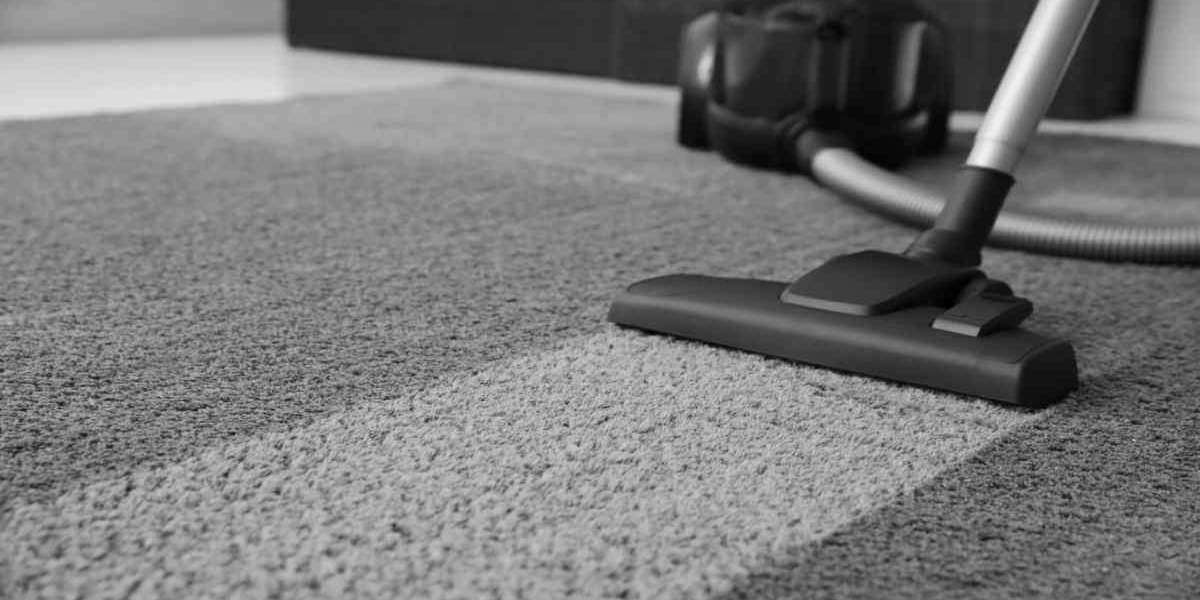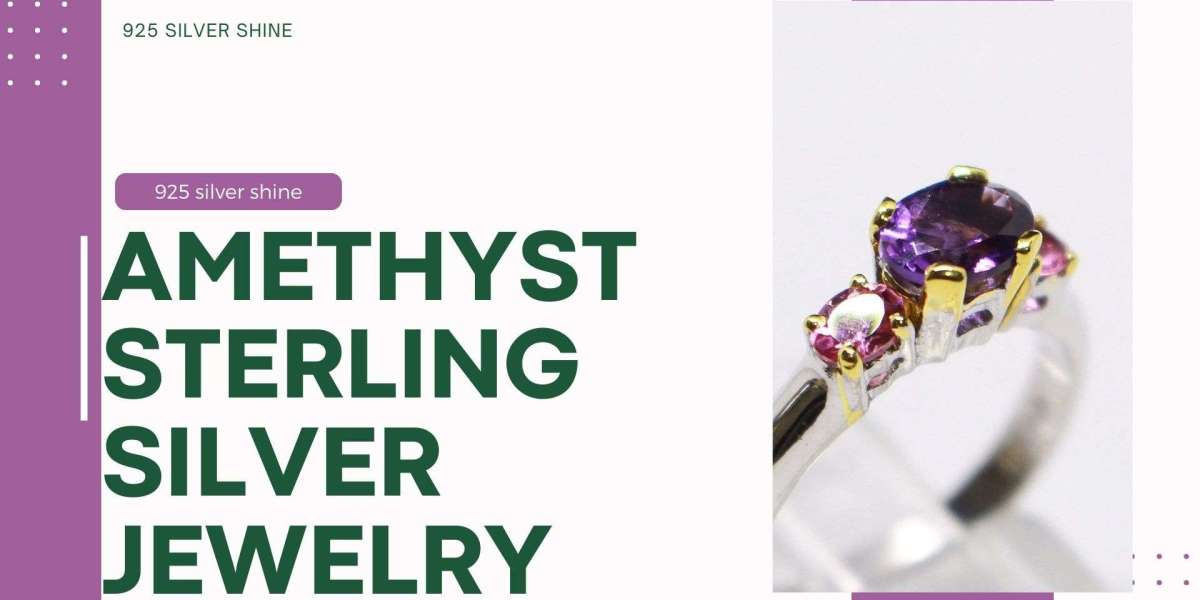The choice of conductor in overhead power transmission lines is critical for ensuring efficient electricity distribution. AAAC (All Aluminium Alloy Conductor) and ACSR (Aluminium Conductor Steel Reinforced) are two common types of conductors used in power transmission. Understanding their advantages and disadvantages is crucial for making informed decisions about which conductor to use in specific conditions.
AAAC Conductors Overview
AAAC, or All Aluminium Alloy Conductor, is made entirely of aluminium alloy, which offers several advantages over traditional conductors. AAAC conductor often used in various power transmission applications due to their unique properties.
Composition:
- AAAC conductors are composed of high-strength aluminium alloy, typically 6201-T81 or 6101-T6. These alloys are known for their high tensile strength and conductivity.
Design and Construction:
- AAAC conductors are constructed by combining multiple strands of aluminium alloy wire to achieve the desired cross-sectional area and electrical characteristics.
Advantages of AAAC Conductors
Corrosion Resistance:
- AAAC conductors exhibit excellent corrosion resistance due to the use of aluminium alloy. This makes them highly suitable for areas with high levels of atmospheric pollution, salt spray, or coastal environments.
- Unlike ACSR conductors, which have a steel core susceptible to rust and corrosion, AAAC conductors do not suffer from corrosion-related issues, leading to reduced maintenance requirements and longer service life.
Lightweight:
- AAAC conductors are lighter than ACSR conductors of the same current-carrying capacity. The absence of a steel core means that AAAC conductors have a lower density.
- The reduced weight allows for easier handling, transportation, and installation, which can lead to cost savings in construction and maintenance.
Higher Strength-to-Weight Ratio:
- The aluminium alloy used in AAAC conductors provides a higher strength-to-weight ratio compared to pure aluminium. This results in improved mechanical performance and allows the conductors to withstand higher loads without significant sagging.
Improved Electrical Performance:
- AAAC conductors offer excellent electrical conductivity, comparable to ACSR conductors. They have a lower electrical resistance, which translates to reduced energy losses during transmission.
- The uniform conductivity across the conductor's length ensures consistent performance and efficient power transmission.
Reduced Sag:
- Due to their lower weight and higher strength, AAAC conductors experience less sag compared to ACSR conductors. Reduced sag helps maintain proper clearance from ground and structures, minimizing the risk of electrical faults and safety hazards.
Environmentally Friendly:
- AAAC conductors are more environmentally friendly as they do not contain steel, which requires significant energy for production and is less recyclable. The use of aluminium alloy promotes sustainability and reduces the overall environmental impact.
Disadvantages of AAAC Conductors
Higher Cost:
- AAAC conductors generally have a higher initial cost compared to ACSR conductors. The advanced aluminium alloys used in AAAC production can be more expensive, affecting the overall project budget.
- The higher cost may be a consideration for projects with tight budgets or large-scale installations.
Limited Strength:
- While AAAC conductors have a high strength-to-weight ratio, they are not as strong as ACSR conductors with steel cores. In areas with extreme mechanical stresses, such as regions prone to high wind loads or heavy ice accumulation, ACSR conductors may provide better performance.
Thermal Performance:
- AAAC conductors may have lower thermal conductivity compared to ACSR conductors with steel cores. In high-temperature environments, the heat dissipation capabilities of AAAC conductors may be a concern, potentially leading to overheating issues.
Reduced Load-Carrying Capacity:
- Due to the absence of a steel core, AAAC conductors may have a lower load-carrying capacity compared to ACSR conductors. This limitation can affect the maximum current that the conductor can safely carry without excessive sag or overheating.
Limited Availability:
- In some regions, AAAC conductors may not be as readily available as ACSR conductors. This limited availability can impact project timelines and require additional sourcing efforts.
Comparison with ACSR Conductors
ACSR Conductors Overview: ACSR conductors consist of a core of steel strands surrounded by aluminium strands. This design combines the mechanical strength of steel with the electrical conductivity of aluminium.
Advantages of ACSR Conductors:
High Mechanical Strength:
- The steel core provides significant mechanical strength, making ACSR conductors suitable for areas with high wind loads, ice accumulation, or long-span installations.
- ACSR conductors can support heavier loads without excessive sag, reducing the need for frequent maintenance and adjustments.
Cost-Effectiveness:
- ACSR conductors are often less expensive than AAAC conductors due to the use of steel, which is a more cost-effective material.
- The lower initial cost of ACSR conductors can be advantageous for large-scale projects with budget constraints.
Durability:
- ACSR conductors are known for their durability and ability to withstand harsh environmental conditions. The steel core provides additional strength and resistance to mechanical stresses.
Disadvantages of ACSR Conductors:
Corrosion Issues:
- The steel core in ACSR conductors is prone to corrosion, especially in coastal or polluted environments. Corrosion can lead to reduced mechanical strength and increased maintenance requirements.
- Protective measures, such as coating or galvanization, are often needed to mitigate corrosion, adding to the overall cost.
Heavier Weight:
- ACSR conductors are heavier than AAAC conductors due to the presence of the steel core. The increased weight can impact handling, transportation, and installation, potentially leading to higher costs.
Reduced Electrical Efficiency:
- The steel core in ACSR conductors has lower electrical conductivity compared to pure aluminium. This can result in higher electrical resistance and energy losses during transmission.
Choosing Between AAAC and ACSR Conductors
The choice between AAAC and ACSR conductors depends on various factors, including environmental conditions, mechanical requirements, and budget constraints. Here’s a guide to help in the decision-making process:
Environmental Conditions:
- For environments with high levels of corrosion, such as coastal or industrial areas, AAAC conductors are preferable due to their superior corrosion resistance.
- In regions with extreme mechanical stresses or long spans, ACSR conductors may be more suitable due to their high mechanical strength.
Loading and Sag Requirements:
- If reduced sag and lighter weight are critical factors, AAAC conductors offer advantages due to their lower weight and improved sag performance.
- For applications with high load-carrying requirements, ACSR conductors with their steel core can provide better support and stability.
Cost Considerations:
- When budget constraints are a significant concern, ACSR conductors may be more cost-effective due to their lower initial cost.
- For projects where long-term durability and reduced maintenance are prioritized, the higher initial cost of AAAC conductors may be justified.
Thermal Performance:
- In high-temperature environments, the thermal performance of AAAC conductors should be evaluated to ensure that they can handle the heat dissipation requirements.
Conclusion
Both AAAC and ACSR conductors have their unique advantages and disadvantages, and the choice between them should be based on a thorough evaluation of the specific requirements of the power transmission project. AAAC conductors excel in corrosion resistance, lightweight construction, and improved electrical performance, while ACSR conductors offer high mechanical strength, cost-effectiveness, and durability. By carefully considering factors such as environmental conditions, mechanical loads, cost, and thermal performance, engineers and project planners can select the most suitable conductor for their needs, ensuring efficient and reliable power transmission.








